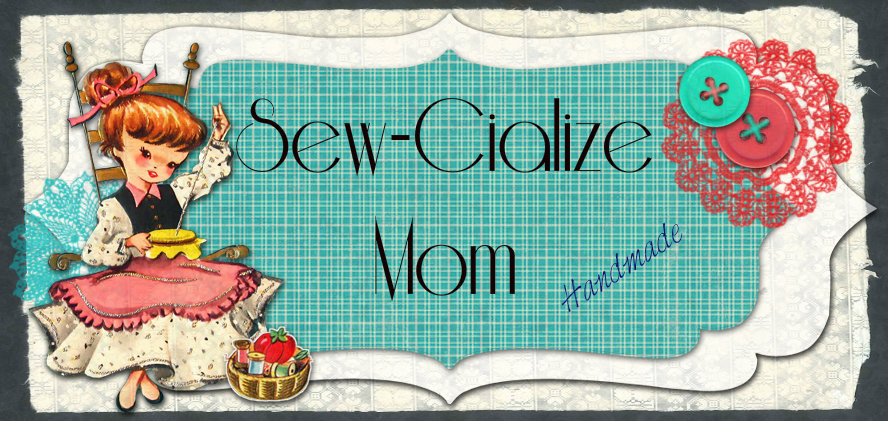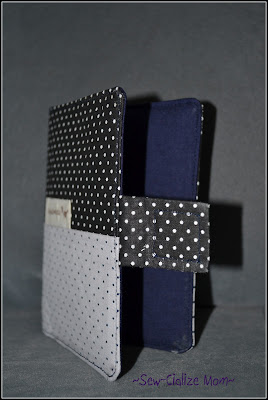Saturday, November 17, 2012
Friday, November 9, 2012
Saturday, September 15, 2012
iPad Sleeve
Made by linen cotton as outer part, and cotton as inner part.
Measurement: around 9" X 13" X 1.5"
Using both side batting inside to protect your Ipad.
Measurement: around 9" X 13" X 1.5"
Using both side batting inside to protect your Ipad.
 |
| Front View |
 |
| Cotton tag |
 |
| Inner view, made as cotton, and fully batting and stabilizing as well! Ipad will feel so comfy inside |
 |
| Snap Button |
Labels:
iPad
Thursday, September 13, 2012
Thursday, August 16, 2012
Lovely Purple Tote Bag
This handy tote can go anywhere. From the office to the beach to school. Perfect for the college student to carry books. Great in the grocery store to pack your groceries. Use as a purse or handbag. Lots of uses.
*Dimension: Approx 12" X 12" X 4"
*Consist of 1 compartment and 1 Zipper compartment
*Price: RM55 (Exclude Postage)
*Dimension: Approx 12" X 12" X 4"
*Consist of 1 compartment and 1 Zipper compartment
*Price: RM55 (Exclude Postage)
 |
| Front View |
 |
| Lable <3> |
 |
| Back View |
 |
| Pink Bow |
 |
| Inside View |
 |
| Compartment |
 |
| Zipper Compartment |
 |
| Site View |
Labels:
Totes Bag
Green And Red Pad Keeper
Keeping your personal stuff organized??
This is the answer..Pad keeper..
*Approx : 5" X 5"
*Made of Cotton
*Consist of 2 slot
*Handy
*Price: RM8 (Exclude Postage)
 |
| Inside View |
 |
| Side View |
 |
| Front View |
 |
| Side View |
 |
| Inside View |
Labels:
Pad Keeper
Friday, August 10, 2012
Gathered Clutch
These handmade gathered clutches will vary on production time of course depending on the details and request of the order.
* Consist of card slot
* Made of cotton fabric*Easy to carry
*Size : Approx: 5" X 9.5 "
Price : RM 15.00

Price : RM 15.00

Labels:
Gathered Clutch
Friday, July 13, 2012
Friday, March 30, 2012
Basic Sewing Tools and Supplies
What do I need as a beginner? What are the basic stuff to get me started? What if I just want to test the waters of my sewing skills and not quite ready to invest a whole lot of money into this?
The Basic Necessities

- Sewing machine. Not pictured above. I think you know why you need a sewing machine to sew.
- Pins and pin cushion. You will ned lots of this. It’ll hold things in place while you sew. And know that you don’t have to pull the pins out before you sew. Just sew right over it, as long as you are sewing vertically and the pins are keeping fabric in place horizontally.
- Seam ripper. Take out seams. Fixes mistakes, not all but enough.
- Sewing machine needles. Check your sewing machine manual to make sure you get the right kind. You will have moments when the needle will break, either from hitting a pin or sewing thick fabric or other reasons. It’s nice to have some backup so you don’t have to stop your whole project when a needle breaks. There are different types of needles for different types of fabric.
- Sewing needles. Some projects will require you to hand stitching parts of it. Also good for attaching buttons.
- Fabric scissors. Don’t cut paper with them. In fact, don’t cut anything but fabric with them. And if you want nice clean cuts, invest in a more expensive one. Cheap ones will do, but you really do get what you paid for in this instance.
- Safety pins. These guys will come in handy, especially for getting elastic through casings.
- Measuring tape. It’s impossible to sew without this. So get a nice thick sturdy one.
- Bobbins. Have extra empty ones to make switching thread colors easier.
- All-purpose thread. White is also a nice color to have in stock. Once you get more advanced in sewing, you might find the need to get into specialty thread. But for now, all-purpose will work for your projects.
- Iron and ironing board. Not pictured above. To have a more professional look and to make sewing easier, you will want to press your fabric at the seams.
Marking Tools

- Disappearing ink marking pen
. Not pictured. It costs a bit more than the marking tools pictured above, but it is awesome. You mark on fabric and it wipes off with water. This way you don’t have to worry about your markings showing. I don’t have one of these. So it’s possible to mark fabric with what you have around the house.
- Sharpie. It’s dark, permanent and will bleed. So be careful to which types of fabrics you are using. And only mark in seam so you don’t see the marks later.
- Pencil. It’s lighter, but not washable on most fabric. So you’ll have to do this on the in seam too.
- Color pencil. Works the same as a pencil.
- Chalk. This is washable. But only visible on dark color fabric. And not as precise in its markings since the tip is thicker.
Other Sewing Stuff That You May Need

- Elastic. For waistbands, armbands and anything else that needs a stretch.
- Needle threader. I don’t use this. But if you have a hard time getting thread through the eye of the needle, this can be helpful.
- Thimble. I don’t use this either. It comes in handy when you are hand stitching and tend to poke your thumb.
- Buttons. It’s great for projects.
- Ribbons. You may find it handy to make ties or bows on your sewing projects.
Don’t Really Need But Nice To Have

- Yard stick. Not pictured above. Makes measuring and marking easier.
- Cutting board. The one pictured above is a small one. I would eventually like to get a large one, but will have to save up for that since it’s quite expensive.
- Pinking shear. It has a zig zag cut. You can use it for a decorative edge. Or also great for finishing seams to prevent raveling of fabric edges. But remember to only use it on fabric and nothing else.
- Clear sewing ruler. Really nice for measuring and marking fabric when you are using a cutting board. The visibility is a luxury here.
- Rotary cutter. An awesome tool to cut straight edges. I would like to have this one in future.You will need to use it with a cutting board and yard stick/clear sewing ruler. And like the fabric scissors, this is probably something you will want to pay extra to get a nice one.
Labels:
Supplies
Subscribe to:
Posts (Atom)




























